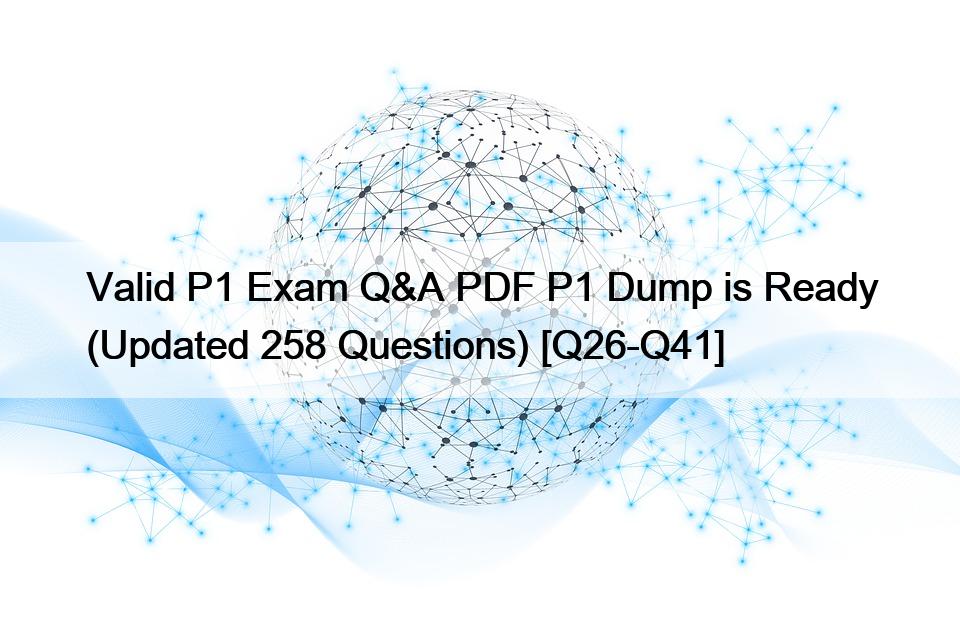
Valid P1 Exam Q&A PDF P1 Dump is Ready (Updated 258 Questions)
Exam Questions and Answers for P1 Study Guide
Understanding function and technical aspects of Analyse performance using financial and nonfinancial information
The following will be discussed in CIMA P1 exam dumps:
- Identify appropriate KPIs for different functions of the organisation
- Identify information that can enable managers to review performance
- Interpret variances to review functional and organisational performance
- Prepare performance reports for use by different functions and for different purposes in appropriate formats and media
- Explain company performance using KPIs
CIMA P1 Exam Syllabus Topics:
| Topic | Details |
|---|---|
| Topic 1 |
|
| Topic 2 |
|
| Topic 3 |
|
| Topic 4 |
|
| Topic 5 |
|
| Topic 6 |
|
| Topic 7 |
|
| Topic 8 |
|
Below is the CIMA Operational CIMA P1 Accounting
- Number of questions: 60
- Language: English
- Format: Multiple choices, multiple answers
- Length of Examination: 90 minutes
- Passing score: 70%
Certification dumps – CIMA Operational P1 guides – 100% valid: https://www.validexam.com/P1-latest-dumps.html






Leave a Reply